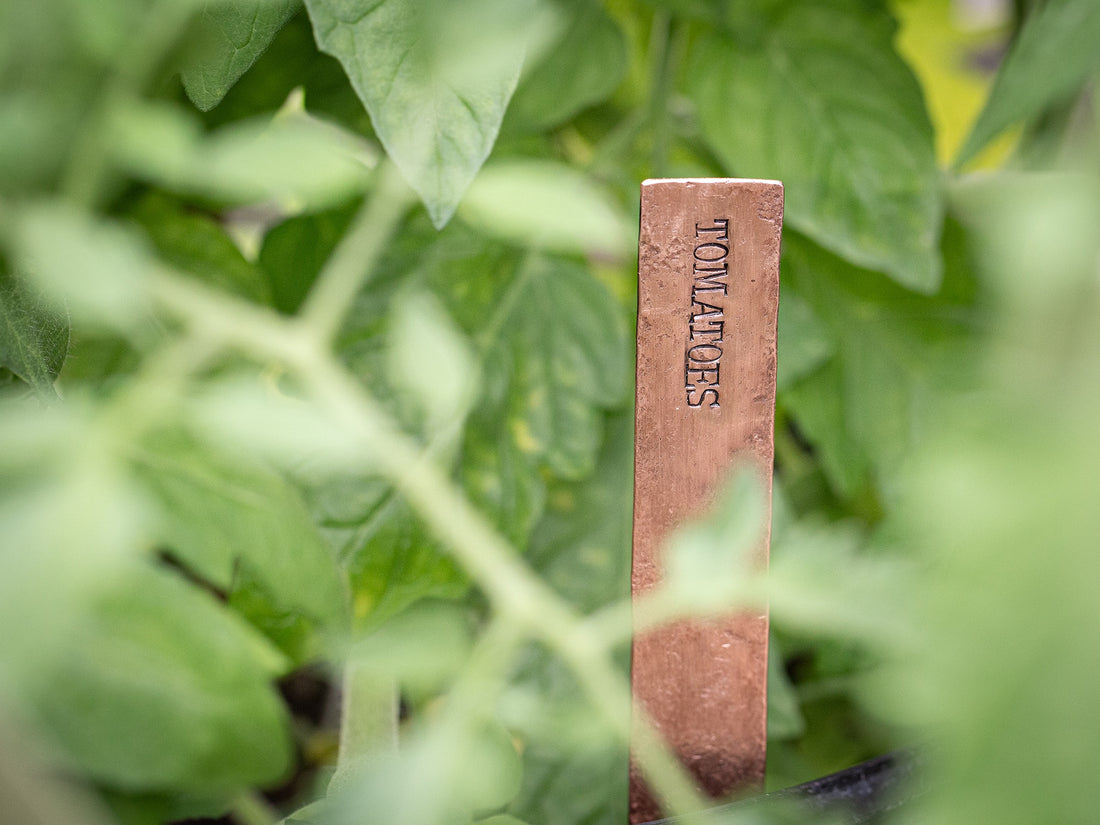Electroculture, an age-old gardening technique that utilises electrical currents to enhance plant growth, has been gaining renewed interest among gardeners
Rooted in the experiments of 18th-century scientists, electroculture involves applying weak electric currents or magnetic fields to soil and plants via copper apparatus to stimulate growth, improve yield, and boost plant health.
Proponents of electroculture argue that this technique can lead to faster germination and increased resistance to pests and diseases. The basic principle is that electrical fields can influence the ion exchange in plants and soil, enhancing nutrient uptake and promoting more vigorous growth. By placing electrodes in the soil or using antennae to capture atmospheric energy, gardeners can potentially create an environment that fosters plant development in a way that mimics natural processes.
One method involves inserting copper and zinc rods into the soil, connected by a wire to create a mild electric current. Another approach uses magnetized water, which is claimed to improve seed germination and root growth. Some gardeners have even experimented with DIY antenna systems designed to capture atmospheric electricity and direct it into the soil.
The benefits of electroculture are compelling. Advocates report healthier plants, increased yields, and reduced need for chemical fertilizers and pesticides. This aligns well with the growing trend towards sustainable and organic gardening practices. The idea of harnessing natural energy to boost plant growth without harmful chemicals is certainly appealing.
However, it's important to approach electroculture with some skepticism. While anecdotal evidence and some early studies suggest positive results, the scientific community remains divided. Comprehensive, peer-reviewed research on electroculture is still limited, and results can vary widely depending on environmental factors and implementation techniques. Critics argue that the effects of electroculture are often overstated and that any observed benefits might be due to other variables such as soil quality, watering practices, or simply the placebo effect.
For gardeners interested in experimenting with electroculture, it’s essential to document and share their results. Keeping detailed records of plant growth, yield, and overall health can help contribute to a broader understanding of this practice. Additionally, starting with small-scale experiments can help determine if electroculture is effective in specific conditions before committing to larger investments.
Electroculture presents an intriguing opportunity for gardeners to explore innovative ways to enhance plant growth naturally. While the concept is promising and supported by some success stories, the lack of robust scientific validation means it should be approached as an experimental technique rather than a guaranteed solution. By maintaining an open mind and a scientific approach, gardeners can contribute valuable insights into the potential benefits and limitations of electroculture.

